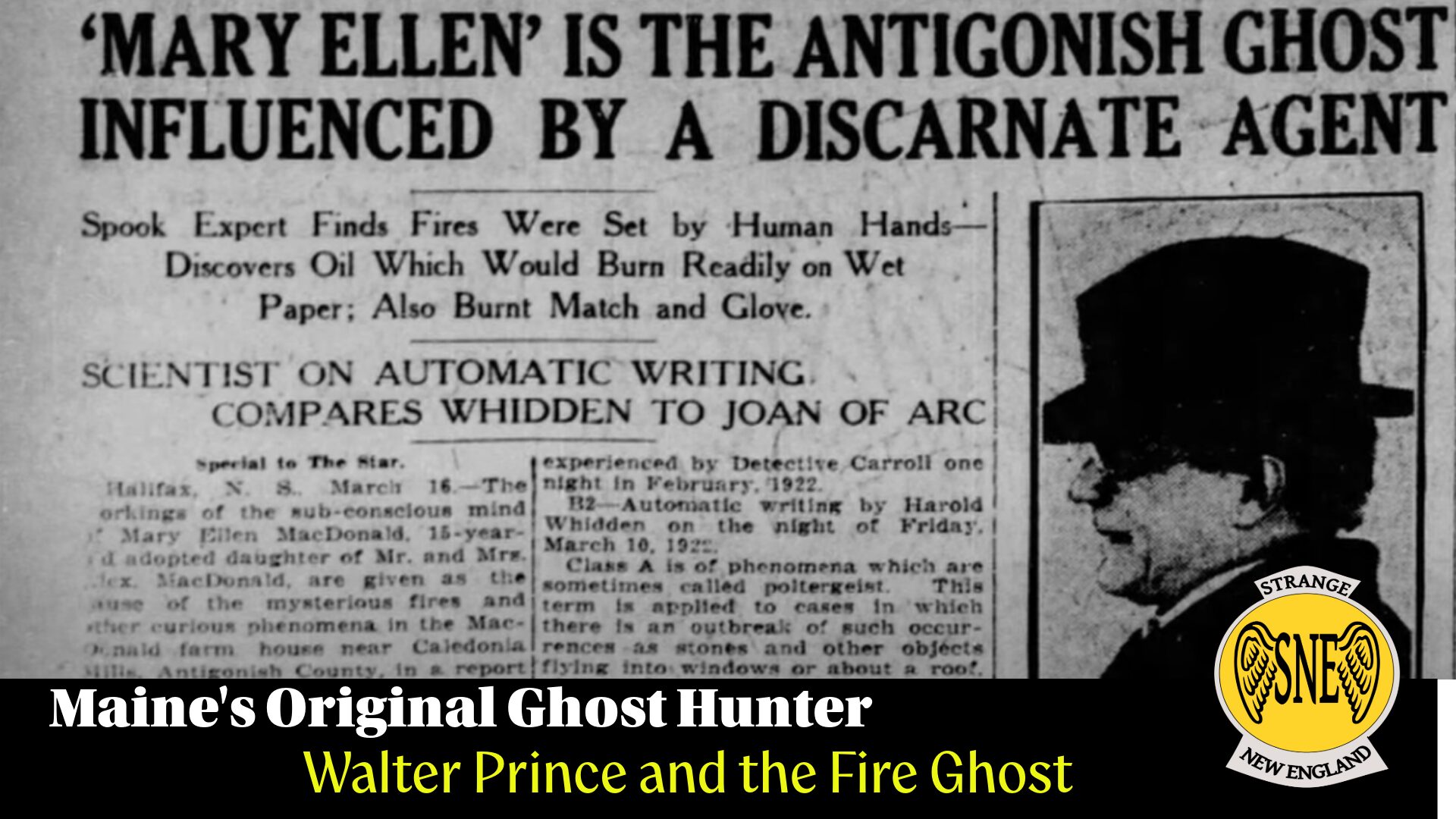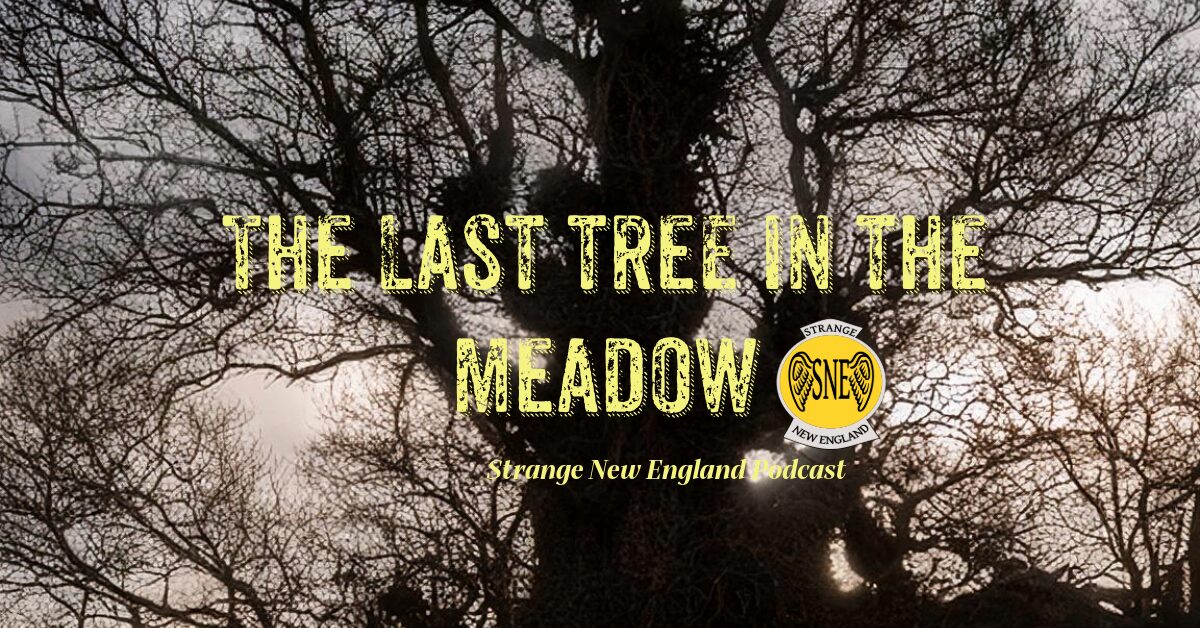
We are visual creatures linked to the world through images, taking in most of our knowledge through our vision. The poets speak of the eyes as being the windows of the soul. Religious folk will speak of the eye as proof of a divine creation for surely, they claim, blind Nature could not have haphazardly produced such amazing and sophisticated sensors. We live in a world inundated with visual imagery in print, on screen, and to some extent, in our dreams. We have documented most of our world through satellite imaging. We’ve done the same to most of the planets and moons. We’ve even taken pictures of the roads of the world and the houses that line them with the wonders of Google Earth. We can travel the world and never leave the comfort of our chair through the videos freely available all over the Net. The world comes to us through our eyes.
Over three million photos are uploaded to Facebook alone each and every day of the year, nonstop. We are recording so much of our world into digital imagery that there is no way any one of us could look at it all. Some of us are making a kind of photo essay or documentary of our own life. The cameras on our cell phones allow us to instantly and constantly record and document and we do so eagerly and daily.
But there was a world before the invention of photography that we will never see, a world lost to us. There was a time not so long ago when the only way to ‘see’ a person or place not immediately in front of you was to gaze at a painting. But that all changed in the mid-1820s (around the time that Maine became a state) when a Frenchman named Nicephore Niecpe perfected the somewhat makeshift process of photography that had previously existed. The earliest images are of buildings because the process of capturing the light required very long exposures. Very soon afterward, the first known photo of a human was taken in either October or November of 1839. The man’s name is Robert Cornelius and his picture is also the oldest known ‘selfie’, a daguerreotype on whose back is written, “The first light picture ever taken.” That may or may not be true but it doesn’t matter. Robert Cornelius still looks back at us through time, his eyes meeting ours and his hair curling up into the wind. We can perceive his humanity and we can wonder about the pensive look on his face just as we can linger over the small smile of the Mona Lisa. He is photography’s Neil Armstrong, the first man whose face we can still see almost two-hundred years later.
But there is another early image of a man that takes us even further back in time. He is an aged mow with a strong, set chin and a determined look upon his face. His hair is white and his piercing gaze looks into the camera from askance. He is neatly dressed in black with a white shirt and collar and he looks at us through the eyes of age. It is as though he has just noticed us looking at him and he has turned to catch our gaze.
His name is Conrad Heyer and he was in the year 1749 and he is the earliest-born human ever to be photographed. No person born earlier than 1749 has ever been photographed. He hails from Waldoboro, Maine. At the time the photo was taken in 1853, he was 103 years old when the average life expectancy was 38 years.
Here is what we know about Conrad Heyer. He was the first white child born in the German immigrant settlement of Waldoboro shortly after the Abenaki attacks that destroyed an earlier attempt at settlement. He grew up working his father’s farm until the advent of the American Revolution where he joined the Continental Army and served under George Washington. He spent the winter in Trenton in 1776-77 with Washington and crossed the Delaware River with him for the attack on the Hessians on Christmas Day, possibly one of the only soldiers on the Continental side able to speak the language of the enemy. One can imagine him standing in the ranks, translating the words of a captured German soldier for his superiors, understanding their comments, curses, and whispered secrets. We will never know because, though he was photographed, he was never interviewed. What we do know is that after the war he did what most soldiers did: he returned to the family farm to live out his many surviving days in the comfort and relative safety of his Waldoboro farm. He lived to be 107 years old, five more years after his historical picture was taken.
It is a moment that asks us to pause when we consider the things those eyes must have seen, of the places he knew and loved, of the men he fought next to, of the birth of a nation that no other older eyes would see and then gaze back into our own. Conrad Heyer becomes the grandfather of photography because he represents the last vestige of a much earlier, noble age. In 1852, the American Civil War was nine years in the future and it is from that point that this veteran of the American Revolution, a simple Maine farmer looks back at us forever. He reminds us of the power of the photograph and how important a single image can be not only to a nation, but to an entire species whose own time of the planet has only barely begun to be recorded by the camera. Before you move on, look him in the eye one more time. He’s watching.




